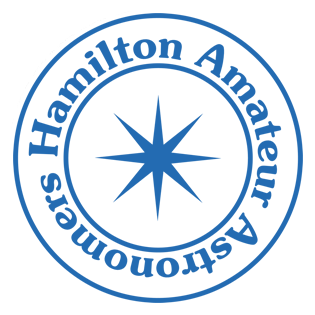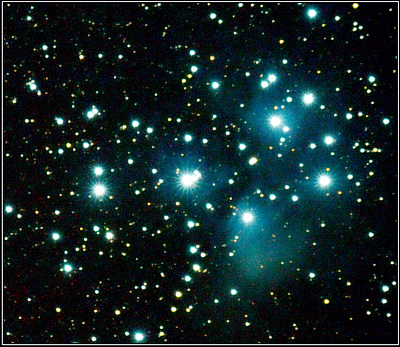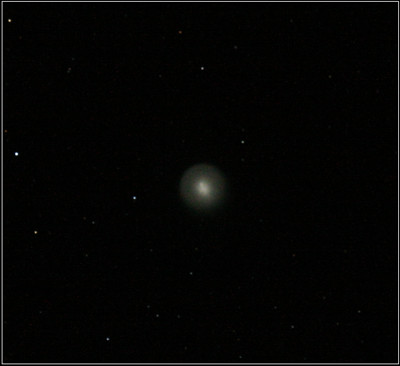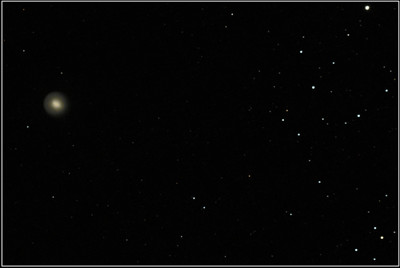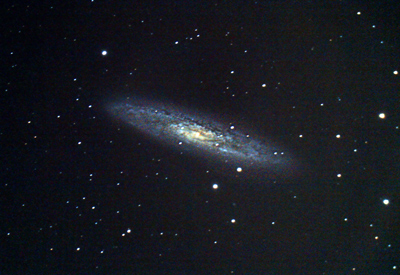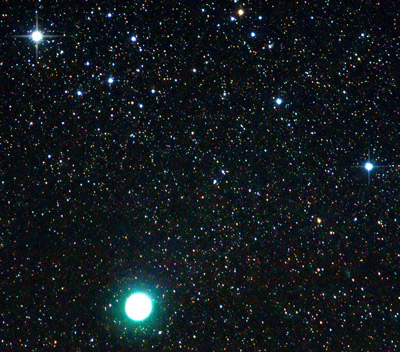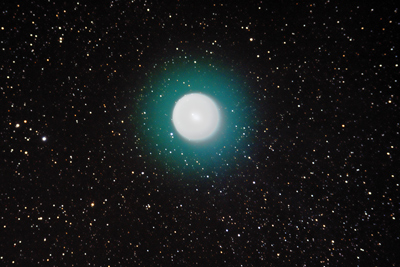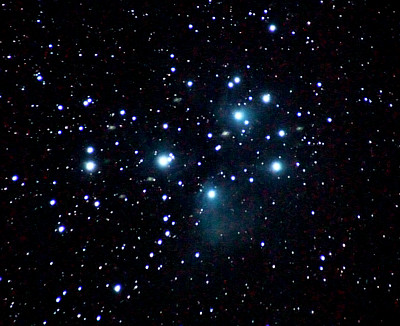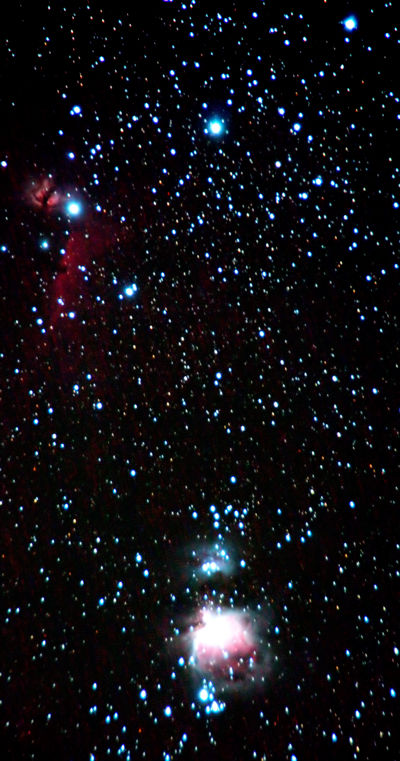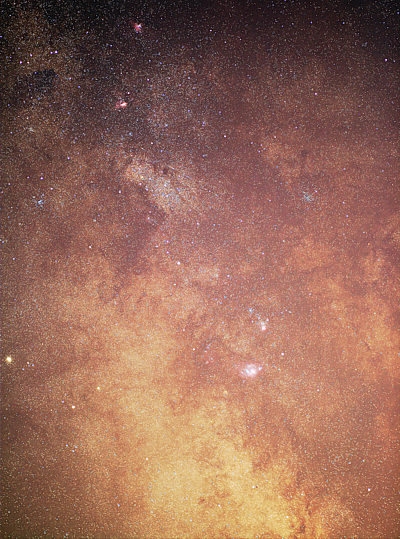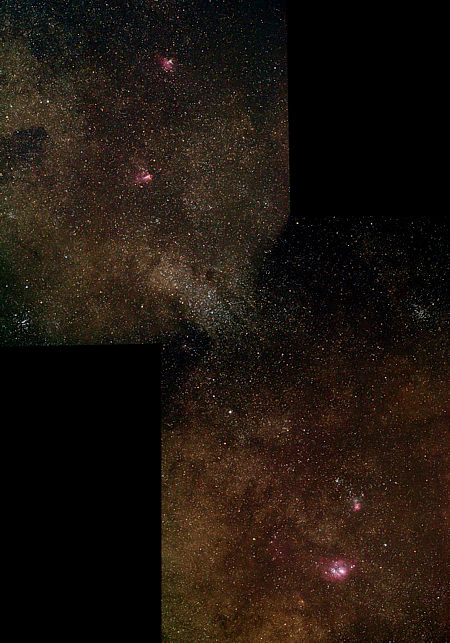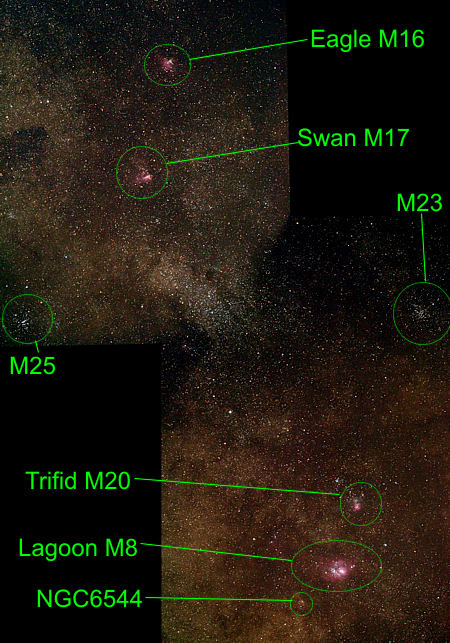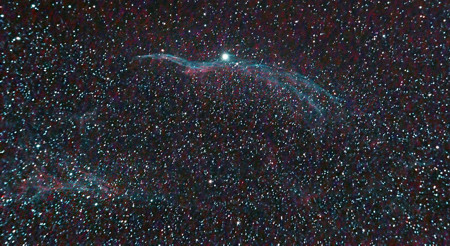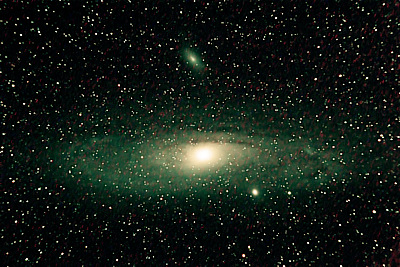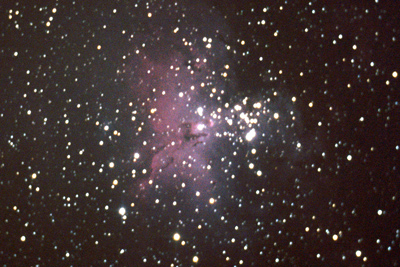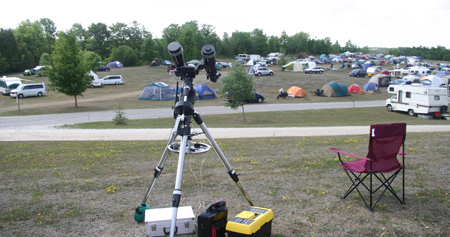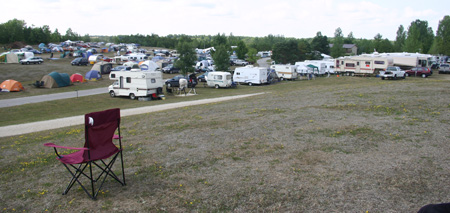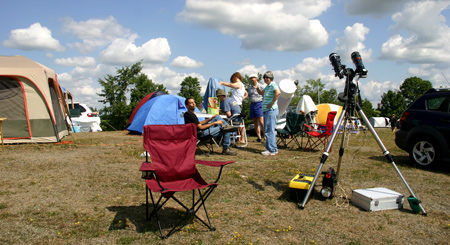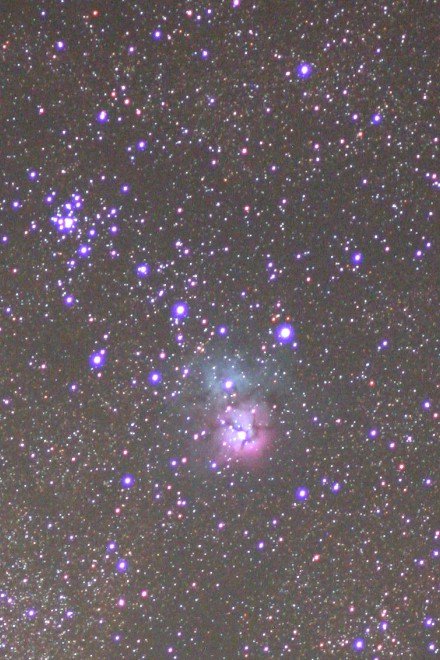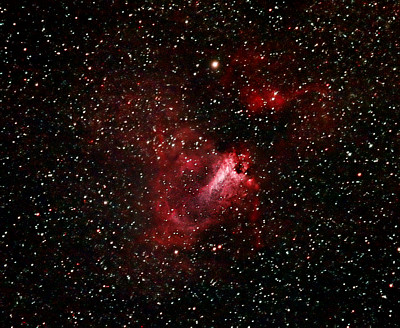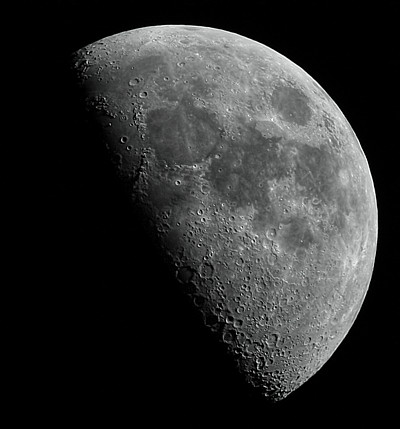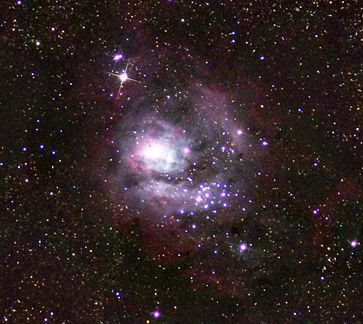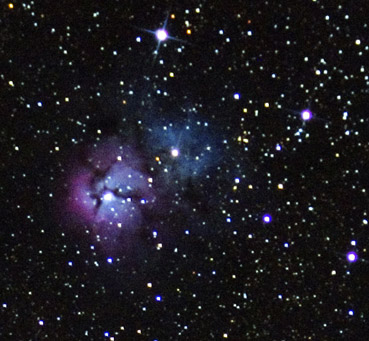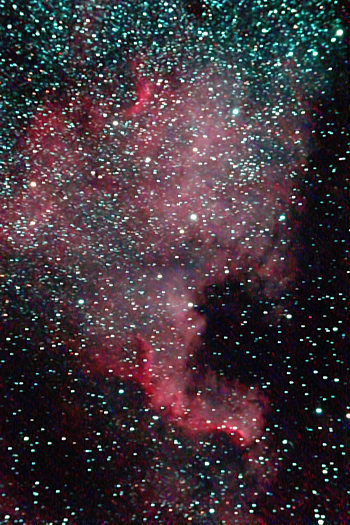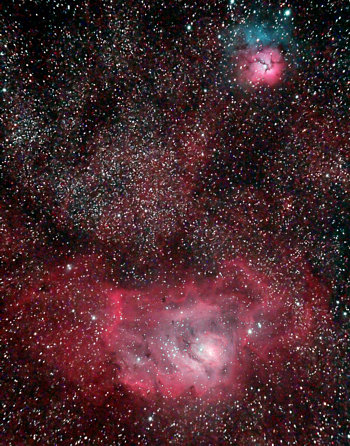CLEAR SKIES (and so far NO rain)
Greetings from HAA’s Active (pre-registered) members at Starfest: Today’s beautiful skies will be followed by a grand night of observing (we hope – see the attached CSC). We’ve had one great night already – Wednesday was phenomenal with Kerry and Bob getting some nice images, Glenn and Gail getting the last object needed to complete their Messier list (M74), and Steve Germann discovering faint galaxies like NGC 404.
The most moisture we’ve had was the heavy dew on Wednesday night but we know how to cope and didn’t have to pack it in until 2:30am.
According to Alex Tekatch, Starfest is the most wonderful time of the year.
That’s all for now – stay tuned – your fellow observing members: Alex, Tim H., Ann, Bill, Anthony, Steve, Kerry, Glenn, Gail, Bob, Mike J., Cindy, Stewart, Jackie, Jim, Doug B., Doug W., Marg & Bruce.
PS, did we mention there is no sign of rain…
M16 By KerryLH from Wednesday night @ Starfest
The GWS with fancy new shroud (made by Ann) and improvised counterweight system
Update By Kerry
Currently we are expecting good sky conditions through the weekend!!!!!
Update by Bob Christmas
I arrived at Starfest on Wednesday afternoon (August 8, 2007), about 2-ish. I had my digital imaging setup ready to go at dusk that night, and, here’s one of my results from Wednesday night (2007/08/08). This is the Trifid Nebula (M20), as well as open cluster M21 above it. — Photo by Bob Christmas
